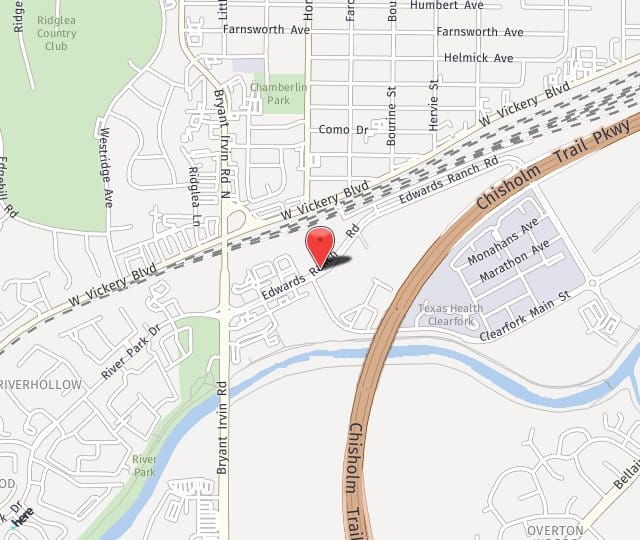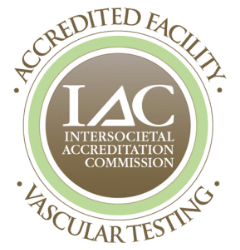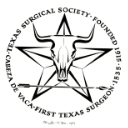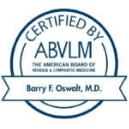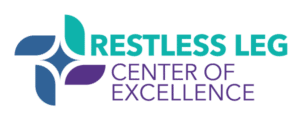
A Different Approach to Treating Restless Leg Syndrome
Are you tired of tossing and turning at night due to restless leg syndrome (RLS)? Have you tried medications that just don't seem to work? It's time to explore a different approach.
At Fort Worth Vein Center, we know that many cases of RLS are rooted in venous insufficiency, a condition where blood struggles to flow back to the heart from the legs. By addressing the underlying vein disease, we can often provide significant relief or even complete resolution of RLS symptoms.
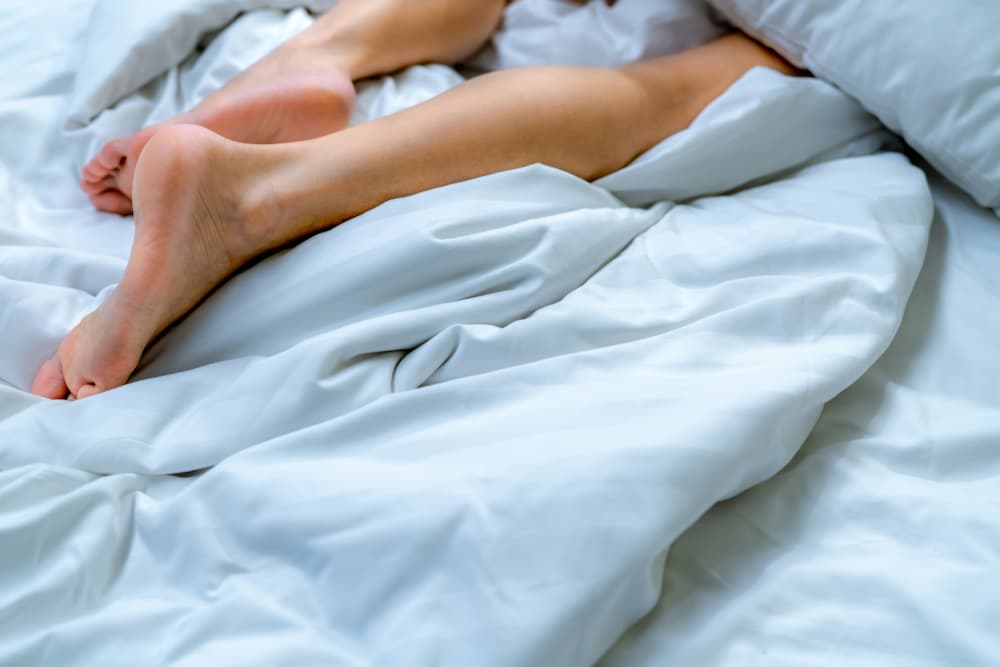
How Venous Insufficiency Can Contribute to RLS
When veins in your legs become damaged or inefficient, blood can pool and cause discomfort, swelling, and other symptoms. These same factors can also contribute to the restless sensations experienced in RLS. Studies have shown that a significant percentage of people with RLS also have venous insufficiency.
Fort Worth Vein Center’s Approach to RLS Treatment
At Fort Worth Vein Center, we take a comprehensive approach to RLS treatment. Our experienced vein specialists will carefully assess your condition and determine if venous insufficiency is contributing to your symptoms. If so, we'll develop a personalized treatment plan to address the underlying vein disease.
Who is a Candidate for Restless Legs Treatment?
If you're experiencing restless leg syndrome (RLS) and traditional treatments haven't provided relief, you may be a candidate for vein treatment. Here are some factors that suggest you might benefit from a consultation with a Dr. Oswalt:
- Persistent RLS Symptoms: If you continue to experience the uncomfortable sensations of RLS despite trying medications or lifestyle changes, it may be time to explore other options.
- Diagnosis of Venous Insufficiency: Many people with RLS also have underlying venous insufficiency, a condition where blood struggles to flow back to the heart from the legs. If you've been diagnosed with venous insufficiency, you may be a good candidate for treatment.
- Unresponsive to Traditional Treatments: If medications or lifestyle changes haven't provided significant relief from your RLS symptoms, vein treatment may be a viable option.
- Desire for a Long-Term Solution: Vein treatment can offer a long-term solution for RLS, potentially reducing or eliminating the need for ongoing medications.
It's important to consult with a qualified vein specialist like Dr. Oswalt to determine if you are a candidate for treatment. He will evaluate your symptoms, medical history, and underlying conditions to assess whether vein treatment is appropriate for you.
How Safe is Restless Legs Treatment?
All of the minimally-invasive vein procedures performed by Dr. Oswalt have been around for many years. Each has been carefully proven through clinical research and have been found to have more benefits than risks. These procedures are typically well-tolerated and have a low risk of complications.
How do I Know Which Restless Legs Treatment is Best for Me?
During your consultation, Dr. Oswalt will carefully assess your condition and discuss your treatment options. We'll consider factors such as the severity of your RLS, the location of your veins that need treatment, and your overall health. Our goal is to recommend the most effective and minimally invasive treatment for your individual needs.
Treatments We Offer for Restless Legs and Venous Insufficiency
When veins in your legs become damaged or inefficient, blood can pool and cause discomfort, swelling, and potentially contribute to the restless sensations experienced in RLS. By addressing the underlying venous insufficiency, we can often significantly improve or even eliminate RLS symptoms. Our treatment options may include:
Endovenous Laser Ablation (EVLA)
EVLA, or Endovenous Laser Ablation, is a minimally invasive procedure that utilizes laser energy to close off damaged veins. A thin fiber is inserted into the affected vein, and a laser beam is delivered through the fiber, heating the vein wall and causing it to collapse. This effectively seals off the vein, preventing blood from pooling and reducing the appearance of varicose veins.
Radiofrequency Ablation (RFA)
Similar to EVLA, RFA uses heat energy to close off damaged veins. However, RFA employs radiofrequency waves instead of laser energy. A thin needle is inserted into the vein, and radiofrequency energy is delivered, heating the vein wall and causing it to collapse. This procedure is also minimally invasive and offers a safe and effective way to treat varicose veins.
VenaSeal Closure System
The VenaSeal Closure System is a technique that uses a medical adhesive to seal off varicose veins. A small catheter is inserted into the vein, and a specialized adhesive is delivered. The adhesive coats the vein wall, causing it to close and preventing blood flow. This procedure is particularly suitable for smaller veins and offers a quick and minimally invasive treatment option.
Ultrasound-Guided Sclerotherapy
Ultrasound-Guided Sclerotherapy involves injecting a sclerosing agent into varicose veins under ultrasound guidance. The sclerosing agent irritates the vein wall, causing it to collapse and eventually disappear. This procedure is often used to treat small varicose veins and spider veins.
Up to 98% of RLS Patients Experience Relief
By addressing the underlying venous insufficiency, we've helped countless patients find relief from RLS symptoms. In many cases, patients experience significant improvement or complete resolution of their RLS.
What are the Benefits and Risks of Vein Treatment for Restless Legs?
Vein treatment offers a promising solution to restless legs, providing relief and improving your quality of life. Let's explore the benefits of addressing venous insufficiency to alleviate RLS symptoms.
- Improved RLS Symptoms: By addressing the underlying venous insufficiency, vein treatments can significantly reduce or even eliminate the restless leg sensations associated with RLS.
- Better Sleep Quality: Treating venous insufficiency can help improve blood flow and reduce swelling in the legs, leading to better sleep quality and overall well-being.
- Reduced Need for Medications: In many cases, vein treatments can reduce or eliminate the need for RLS medications, which may have unwanted side effects.
- Improved Quality of Life: By alleviating the discomfort and sleep disturbances caused by RLS, vein treatments can significantly improve your overall quality of life.
Any treatments that puncture the skin carry some risks. Some possible risks of vein procedures include:
- Bruising: It's common to experience bruising at the treatment site.
- Swelling: Swelling is also a possible side effect, but it usually subsides within a few days.
- Pain: Some discomfort may be experienced during or after the procedure.
- Infection: There is a small risk of infection at the treatment site, but this is rare and can be easily treated.
- Recurrence: While vein treatments are highly effective, there is a small chance of new varicose veins forming in the future and RLS symptoms returning.
Some patients may have additional risks depending on their general health. It is important to disclose any health conditions or concerns during the consultation visit.
How to Prepare for Treatment?
To ensure a successful vein treatment experience, it's important to follow a few simple guidelines. If possible, temporarily discontinue blood-thinning medications a week before your procedure. Protect the treatment area from direct sunlight to reduce the risk of post-procedure pigmentation changes. Finally, avoid applying lotions, creams, or other products to the treatment area on the day of your procedure.
What is the Recovery Process Like After Getting Vein Treatment?
After vein treatment for restless legs syndrome (RLS), you'll experience little to no downtime. Compression stockings will be applied immediately following the procedure to reduce swelling and support blood circulation. Walking is encouraged right away and should be continued in the days following treatment.
Bruising is a common side effect and can last a few weeks. Minor tenderness may also be experienced. To manage discomfort, you can apply ice packs for short periods and elevate your legs when possible.
Avoid submerging in baths, pools, or hot tubs for 48 hours to prevent infection. Keeping the tiny puncture wounds clean and dry is essential for a smooth recovery.
By following these guidelines, you can minimize discomfort and promote healing, allowing you to enjoy the benefits of improved blood circulation and reduced RLS symptoms.
Consultation for Restless Legs Treatment in Fort Worth, TX
To learn more about our approach to RLS treatment and determine if you're a candidate, schedule a consultation today. Call 817-536-9600 or click here to send us a Consultation Request Form. We are committed to helping you find the relief you deserve.

